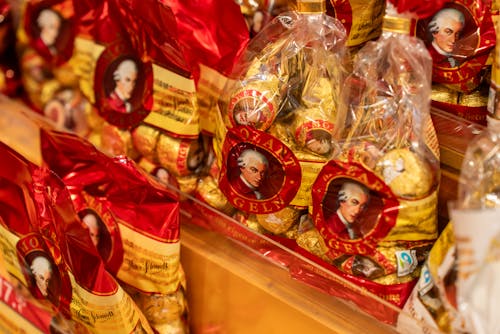Food is more than just sustenance; it is a cornerstone of cultural identity and a powerful medium for storytelling. Across the globe, cuisine reflects a society’s history, values, and way of life. From the artistry of French fine dining to the nostalgic embrace of comfort food in America, food plays an integral role in shaping and expressing cultural identity.
1. Food as a Reflection of History
Cuisines often tell the story of a culture’s past, including migrations, colonization, trade, and resource availability.
- Spices and Trade: The widespread use of spices like cinnamon and black pepper in Indian and Middle Eastern cuisines speaks to these regions’ roles in historic spice trade routes.
- Colonial Influence: Dishes like the Jamaican patty and Vietnamese bánh mì showcase the blending of indigenous flavors with influences from colonizing nations.

2. Food as a Symbol of Identity
National Identity
Certain dishes become synonymous with nations, reinforcing their cultural identity on the global stage.
- Italy: Pasta and pizza are symbols of Italian heritage, celebrated worldwide for their simplicity and flavor.
- Japan: Sushi reflects Japan’s focus on precision, freshness, and artistry.
Regional Identity
Within countries, food often varies dramatically by region, highlighting local ingredients and traditions.
- United States: Southern barbecue contrasts with New England clam chowder, reflecting regional climates and cultural influences.
- China: Cantonese dim sum, Sichuan hot pot, and Shanghainese soup dumplings illustrate the diversity within Chinese cuisine.

3. Food as a Connection to Tradition
Cuisine plays a vital role in rituals, celebrations, and familial traditions.
- Holidays: Thanksgiving in the United States is marked by turkey and pumpkin pie, while the Lunar New Year in China is celebrated with symbolic foods like dumplings and fish.
- Religious Practices: Many cuisines incorporate dietary laws, such as kosher in Judaism or halal in Islam, reflecting spiritual beliefs.
4. Comfort Foods and Emotional Connections
Comfort foods are deeply tied to personal and collective memories, offering a sense of familiarity and solace.
- American Comfort Foods: Macaroni and cheese, meatloaf, and apple pie evoke nostalgia and a sense of home.
- Global Comfort Foods: Japanese miso soup, Indian dal, and Mexican pozole are warm, hearty dishes that provide emotional comfort.
5. Food as a Social and Communal Experience
Sharing meals fosters connection and community, bridging cultural divides.
- Family Meals: In many cultures, gathering for meals is a cherished tradition that reinforces familial bonds.
- Festivals: Events like Oktoberfest in Germany and the food markets of Morocco highlight food as a communal celebration.

6. Modern Challenges and Fusion Cuisine
As globalization blurs cultural boundaries, fusion cuisine has emerged, blending flavors and techniques from different cultures.
- Fusion Examples: Sushi burritos combine Japanese and Mexican elements, while Korean tacos merge Korean BBQ with Mexican street food traditions.
- Preserving Authenticity: While fusion cuisine celebrates creativity, it also raises questions about preserving cultural authenticity and respecting culinary heritage.
Conclusion
Food is a powerful expression of culture, embodying history, tradition, and identity. It connects people to their roots while also serving as a bridge between diverse communities. Whether through the artistry of French pastries, the spice-laden curries of India, or the nostalgic taste of American comfort food, cuisine tells a story that is as unique as the culture it represents. As we continue to explore and share global flavors, food remains a unifying force that celebrates the beauty of cultural diversity.













